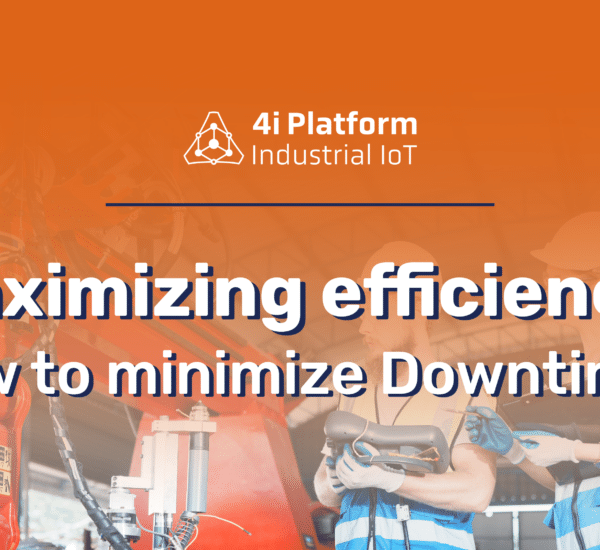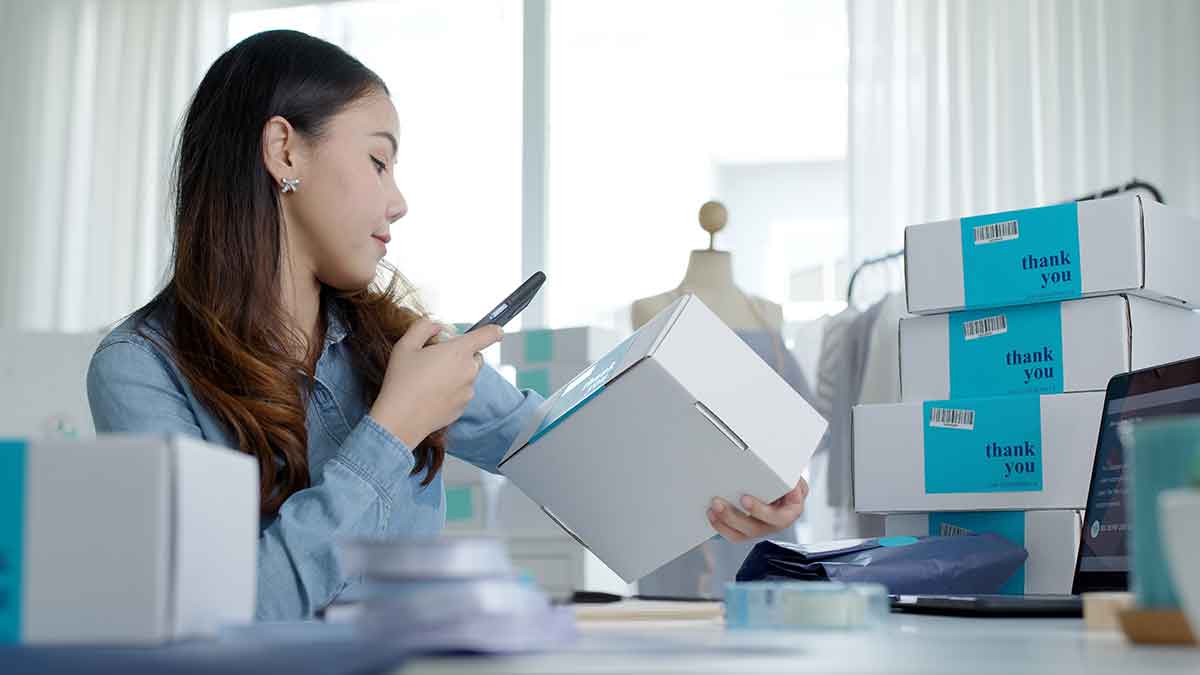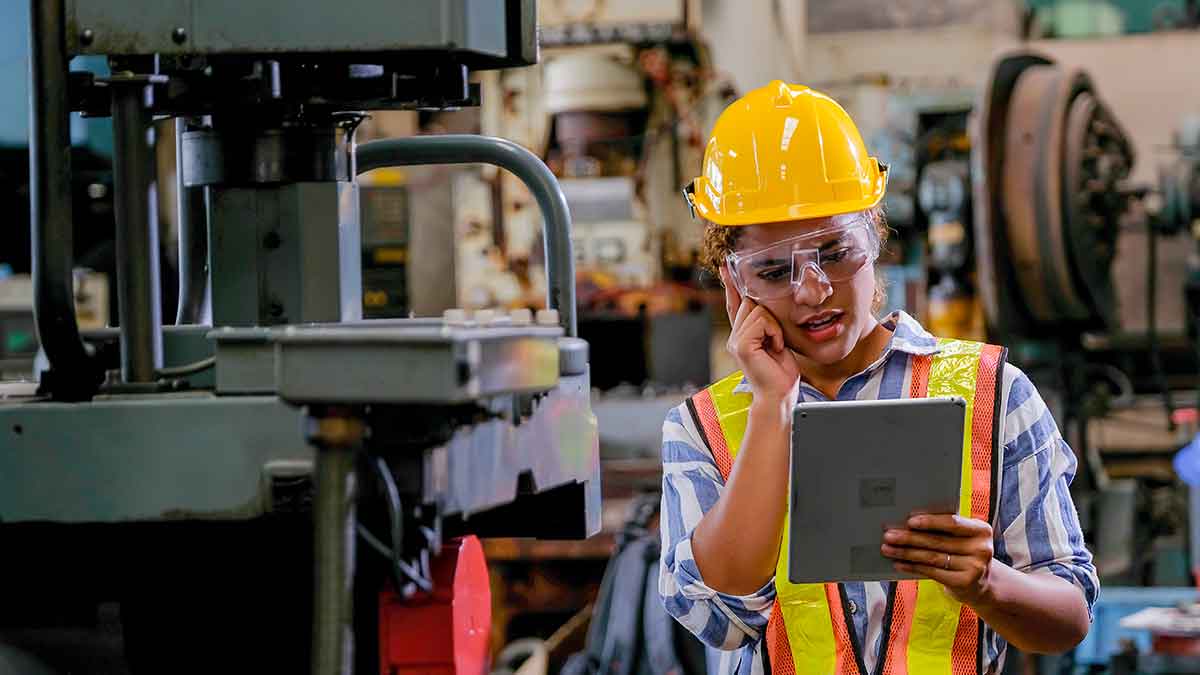IoT technology is rapidly expanding into nearly every industry. Since it helps encourage process automation and the use of vineyard management systems, it has become so popular that viticulture companies across the country are using it.
The Internet of Things makes it possible to monitor vineyards from remote locations. Viticulture companies are using IoT-based technology to change the processes of wine and viticulture production in highly popular areas.
The primary key aspect that is driving the increase in the use of IoT technology for vineyard management is the reduction of manual labor. Besides, this also gives you the opportunity to closely monitor your production processes.
What Is a Vineyard Management System? And What Are Its Benefits?
The smart vineyard management system is a system which combines hardware and software platforms to provide real-time monitoring of vineyards. Also, this system uses IoT-based technology such as advanced wireless sensors that can extract data regarding microclimatic, soil, and physical conditions of the crops.
Sensors and technical equipment make structured vineyard management possible. This management can be a customized one in order to meet the needs of each business, but this is not the only benefit smart management systems can add to your company, there are many more.
Great Benefits of Setting Up a Smart Vineyard Management System With IoT:
- Automated operations
- Remote inventory management
- Cost-effective production techniques
- Improved efficiency and productivity
- Predictive analysis
Smart vineyard plant monitoring systems can seamlessly help managers identify the production levels that will result in high profits. By means of illustrated reports, they provide precise data which can lead to profitable results.
Since these reports can provide detailed information about plant processing, they simplify the job of vineyard managers. This allows for efficient decision-making and meets the needs of the rapidly growing population.
An IoT-based vineyard provides the industry with automated operations and remote monitoring of storage containers. It also allows for predictive analysis.
Predictive analysis provides a complete record of crop health and climatic conditions. The predictive analysis can even predict the weather conditions for a specific day. This alerts managers to take the necessary steps to avoid crop loss.
Also, predictive analysis includes advanced algorithms and technical concepts from IoT which help increase efficiency and productivity throughout the plant.
How Can We Use IoT Technology to Manage Vineyards?
Innovating vineyards with the use of IoT technology can eliminate problems, thus allowing the business to thrive in terms of production, cost, and supply.
For instance, IoT technology can reduce the production cost by approximately 20-30%, since it efficiently uses resources, such as pesticides and fertilizers.
Additionally, manufacturers can use this technology to gather environmental data such as temperature, rainfall, humidity, and wind speed. This data is collected in order to improve the quality and quantity of harvested crops. Therefore, this data helps to minimize risks and increase yield. Wireless sensors, which are mostly equipped with vineyard plots, also contribute to data collection as they collect relevant data to analyze environmental conditions.
As you can see, IoT helps viticulture companies to keep an eye on the health of the crops, monitor water quality and predict harvesting times. All these functions help lower labor costs and increase profitability.





